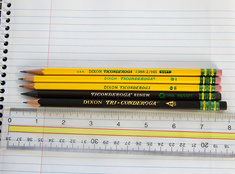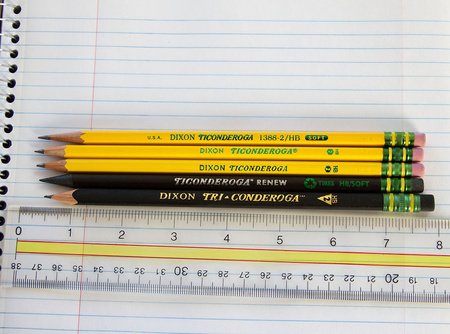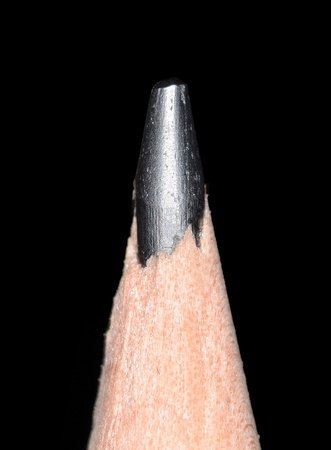
All about...#36- Pencils
First published: Saturday August 21st, 2021
Report this blog
ALL ABOUT PENCILS
Brought to you by MrBLOGGER
Introduction
Pencils are one of the most common objects used for any school/writing system in the entire world. Pencils have helped humans throughout mankind and are what makes some ideas, drawings, and literature. Although the term "pencils" is widely used, like for pens, markers, mechanical pencils, and wood pencils, this blog will only cover the wood type (including colored) , which is the most common.

Uses
Well, pencils are pretty much found in any place in the world where you have a flat surface in which you can use your implement on, whether its paper, a wall, or a box. Pencils are used around the world to express ones thoughts and record information. Pencils are used in lots of schools because of tests, essays, or drawing. There are also MANY other funny ways to use a pencil. You can use it to scratch yourself, relieve stress, use it as a chew toy, mini hockey stick, measuring tool, etc.
Different types
The modern pencil has many different types of ingredients.
For starters, pencils can either be Lead, Solid, Liquid, Charcoal, Carbon, Colored Grease, or Watercolor. The most common type, like the yellow ones found in schools, is the Lead pencil, which contains graphite. A little bit of clay is added too to make it smoother. Colored pencils are the same, but they contain wax of the specified color. Charcoal is another common one. Although it smudges more, they are more black and thick. There are various types of Charcoal.
The other types are less common and are not used much today, with the exception of watercolor.
Making process
Pencils have to go through a manufacturing process in order to be available to the market. This section will talk about the common US type of pencils.
The first thing is the wood. The wood has to be soft enough so that you can sharpen it, but strong enough so it won't break. Most of the wood comes from the Cedar trees in California, which are turned 0.2 inches thick. They are called Slats. Slats pass under a giant cutting wheel that carves the crevice in the middle, which holds the lead.
Next, glue is added to help the lead stick not break. Speaking of lead, that is what comes next. There is a conveyor belt in which the lead stick is added to the pencil. Next, the pencils are squeezed with lots of pressure, before getting shaped.
The final part involves the aluminum getting added so it can hold the eraser. Then it is sharpened!


History
- The first "ink" to write on surface, classified as the first pen, was made by the Ancient Egyptians sometime around 3000 BC. They were reed pens on papyrus.
- Large amounts of graphite were discovered in the 1560s. Graphite is the black stuff in the pencil that has the ability to leave a black mark.
- In 1560, Simonio and Lyndiana Bernacotti made what is probably the first modern wood-encased pencil. Their Idea was hollowing out a piece of wood and putting the graphite inside. The idea was very successful and it is what people use up to this day.
- A useful graphite powder was founded in Venice, Italy.
- In 1662, graphite sticks were starting to get produced.
- In the 1700s, feather pens were starting to get popular in the colonies.
- As the 1800s moved on, feather point pens started to become less popular and the wood-encased pencils started to take over.
- In 1913, the Ticonderoga pencil company was founded.
Thanks so much for reading this blog! Don't forget to like and subscribe to show support if you liked this blog/the entire series. It means a lot to me.
Here are some handy links:
My blog page: MrBLOGGER'S blog
All about series: All about blogs!!!!
My fan group: MrBloggerARMY
